Mountain bike drivetrains are a hot topic for innovation right now. Up until just a few years ago though, that wasn’t really the case. Aside from a few tooth changes here, and the addition of another sprocket there, drivetrain systems for off-road use were largely just a slightly wider-geared version of what road bikes and touring bikes used, and they’d been like that for a very long time.
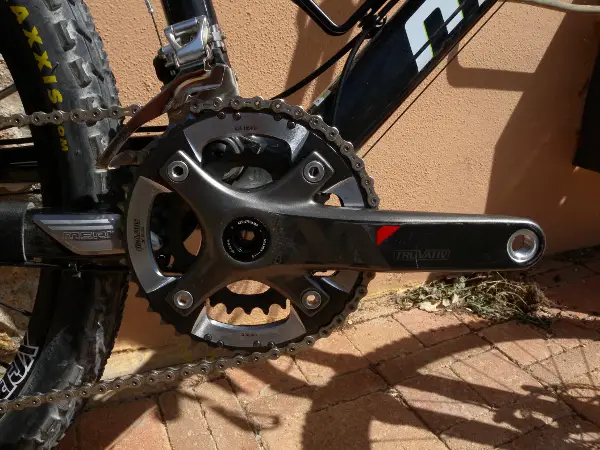
Then SRAM came along with its 2×10 XX groupset (eight years ago in 2009 believe it or not!). This was a 10-speed drivetrain that was built specifically around a double chainring up front with a huge 11-36t cassette out back.
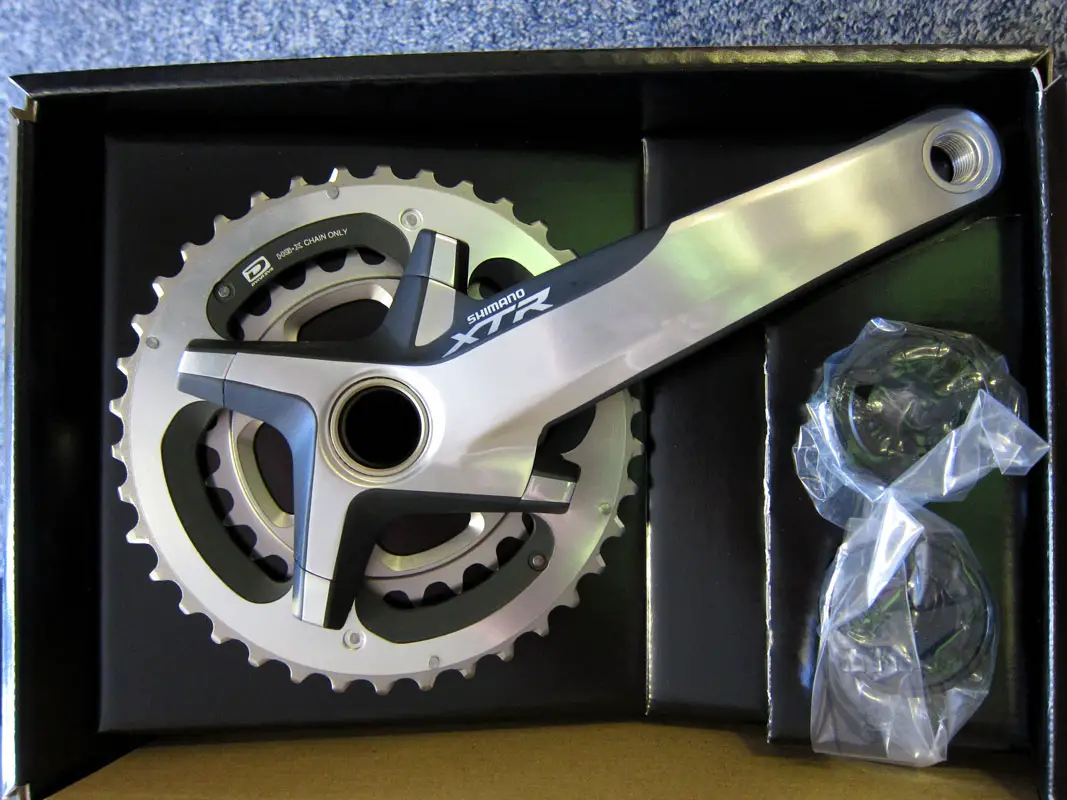
Shimano responded the following year with its latest XTR groupset that also featured 10-speed shifting, but offered both 2×10 and 3×10 options. In the following years, Shimano and SRAM proceeded to trickle down the 10-speed technology into cheaper groupsets, and SRAM also added a 3×10 option for the X0-1 drivetrain and below.

With both SRAM & Shimano pushing 10-speed drivetrains and wider range cassettes, the prospect of going 1x became more appealing than ever before. British mountain bikers in particular were drawn to the simplicity of a 1x system and the reduction in maintenance and cleaning required by ditching the front mech, shifter and cabling. Not every rider could handle the reduced gear range though, and 2x and even 3x systems remained popular – particular at an OEM level for big brands like Trek and Canyon.
To further widen the range of those 10-speed cassettes and increase the viability of reducing the number of chainrings up front, brands such as OneUp Components and Wolftooth sprung up to provide range-expanding booster cogs, like the one pictured above.

Then SRAM went the whole hog and built an entire drivetrain that didn’t feature a front derailleur at all. SRAM XX-1 debuted in 2012 as the first fully 1x groupset from one of the big brands. While SRAM had first expected XX-1 to be a niche groupset that would only appeal for the most hardcore of enduro racers, its almost immediate universal popularity blew those expectations out of the water. SRAM couldn’t keep up with demand at either an aftermarket or OEM level, and XX-1 became THE groupset to have.

Remember when you first saw that 10-42t cassette? It was an absolute monster – bigger than the rear disc rotor in fact, but it’s size was the key step in SRAM’s plan to eliminate the front derailleur. For 1x fans who wanted more range, the 420% gear range of XX-1 suddenly withdrew much of the compromises involved with swapping from a 2x or 3x system.
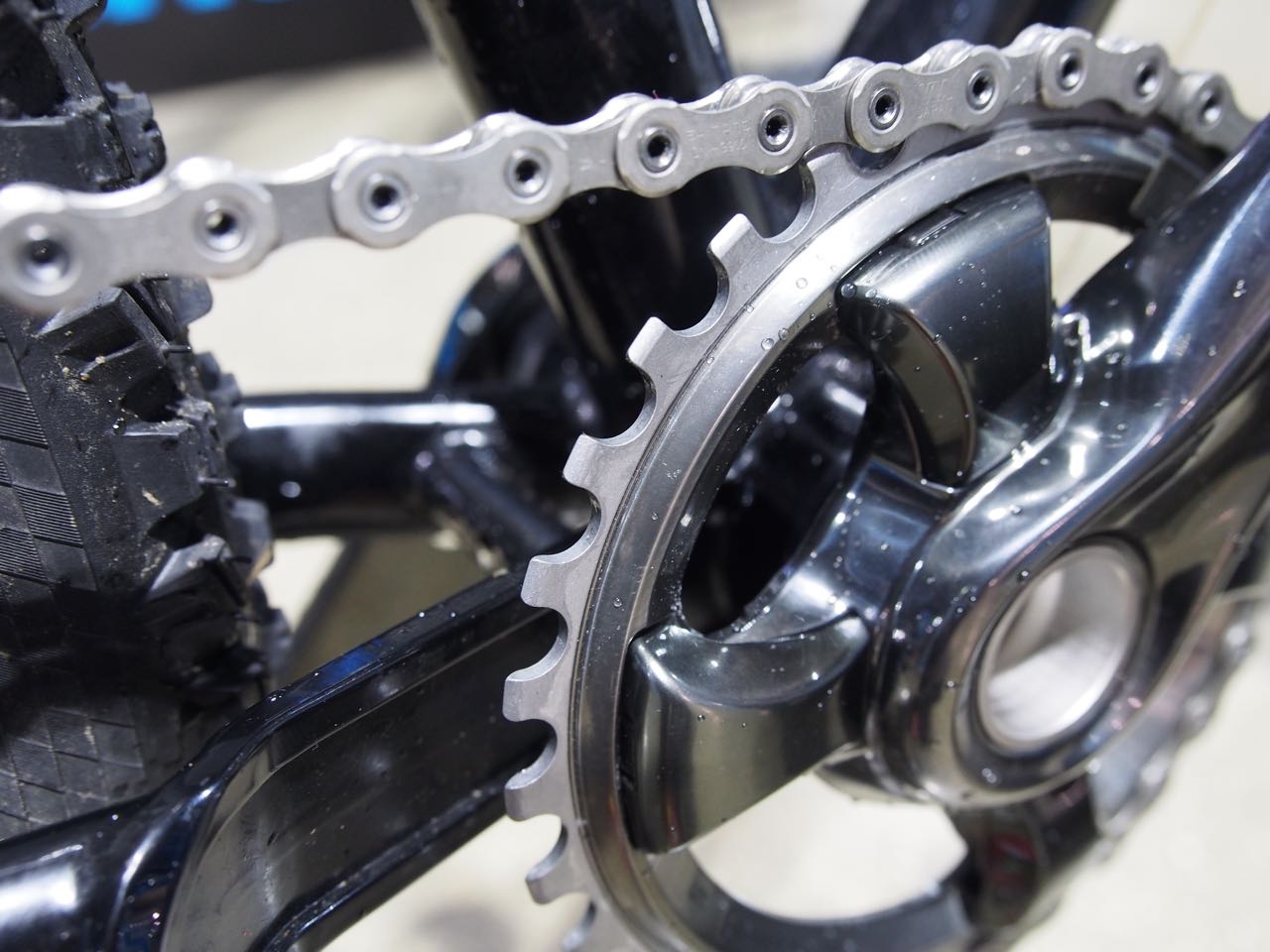
It took Shimano a few years to catch up, only launching the latest XTR 11-speed groupset in 2014. Shimano XTR 9000 still had a front derailleur in the range, but for the first time in the groupsets’ history, there was also a dedicated 1x option. It may have been with a smaller 11-40t cassette, but it was a 1x system with a proper 1x chainring and everything. Like the previous XTR drivetrain however, Shimano still offered the latest version in both 1x and 2x options.
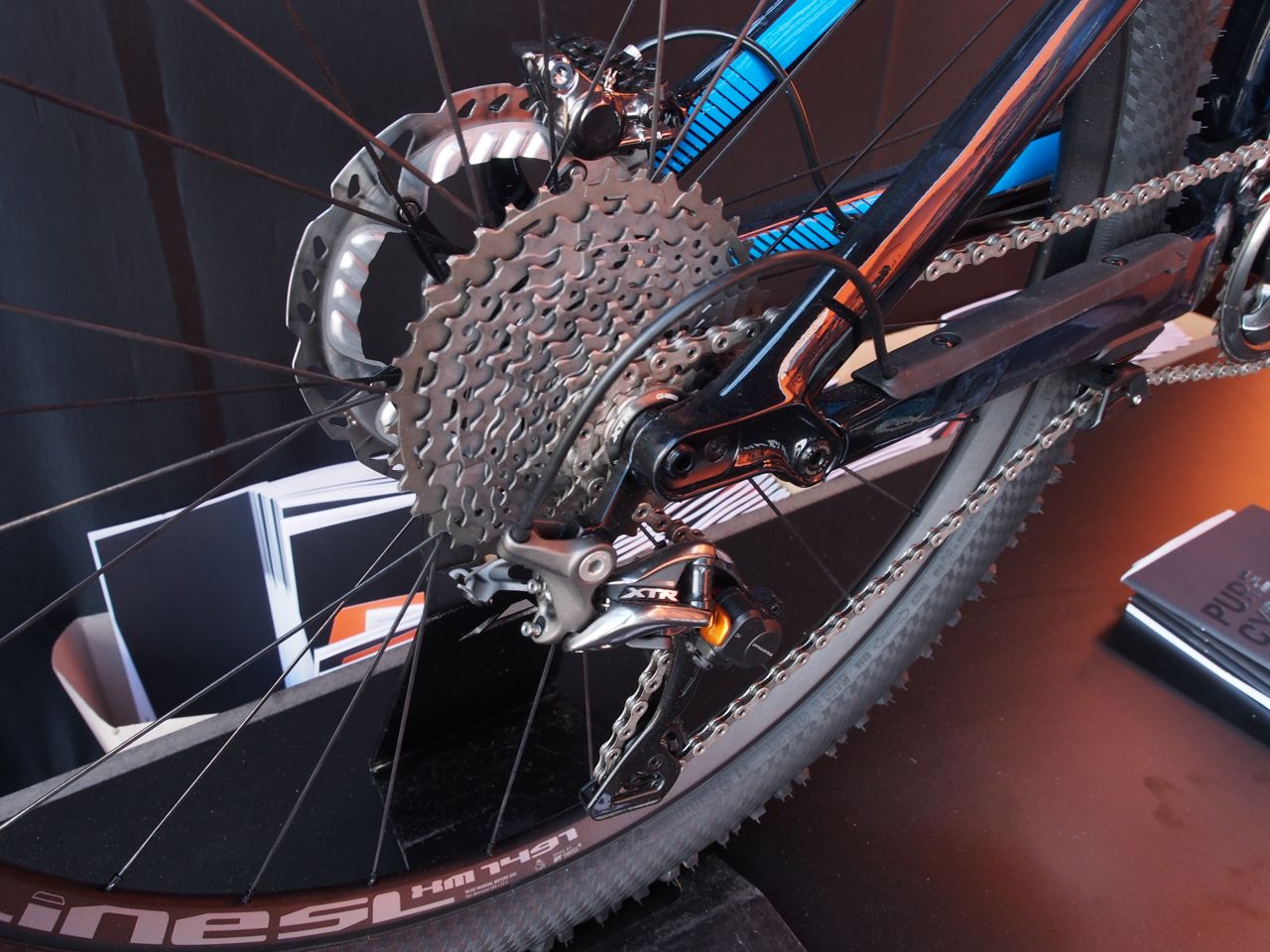
Shortly after the release of the latest XTR groupset, Shimano trickled the 11-speed technology down to Deore XT, which also included a bigger 11-42t cassette option. Keen to offer riders as many choices as possible, Shimano coupled these cassette options with single, double and even triple cranksets. Yes, there was actually a 3×11 drivetrain option for those wanting the widest gear range possible.

And then last year, Shimano added an 11-46t Deore XT cassette. As an additional cassette option that joined the existing 11-40t and 11-42t Shimano 11-speed cassettes, this new 11-46t banger would offer the biggest gear range from the Japanese brand, and was perfectly suited to 1x systems for widening gear ranges.
It all looked pretty good for Shimano. But then just a week later, after months of speculation and rumours, SRAM went and trumped Shimano with this;
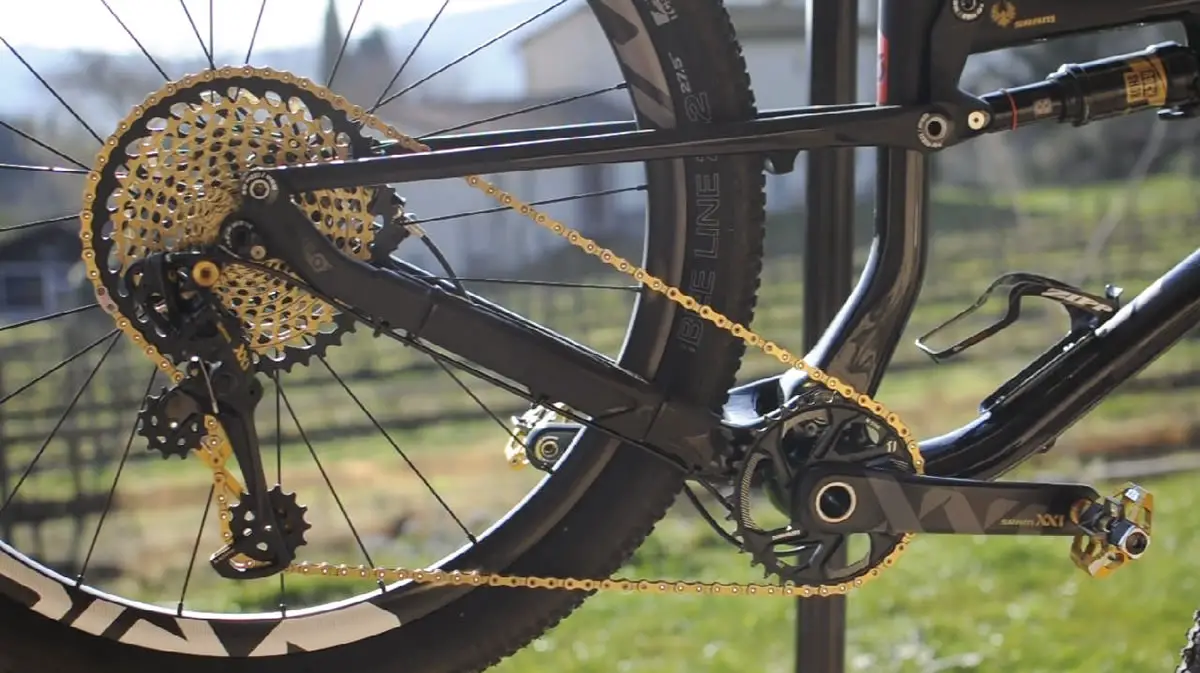
Despite Shimano’s attempts to widen its cassette gear range, SRAM went one further by dropping the 1×12 Eagle XX-1 and X0-1 groupsets. Launched in March of last year, SRAM Eagle has gone on to do exactly what XX-1 did originally – it made the prospect of going 1x that much more attainable for more riders – again. With a gargantuan 10-50t cassette that offered a 500% gear range, SRAM cemented its opinion that 1x was the future for mountain bikes. In fact, they even made a sweet little video to say goodbye to the front mech;
Certainly both SRAM’s 11-speed and now 12-speed groupsets have made the prospect of going 1x that much easier. In fact, the popularity of the single-ring drivetrain has been such that many frame manufacturers are ditching front derailleur compatibility altogether. By not having to accommodate a front mech, frames can be built with shorter chainstay lengths, more tyre clearance, and wider pivot points on full suspension designs.
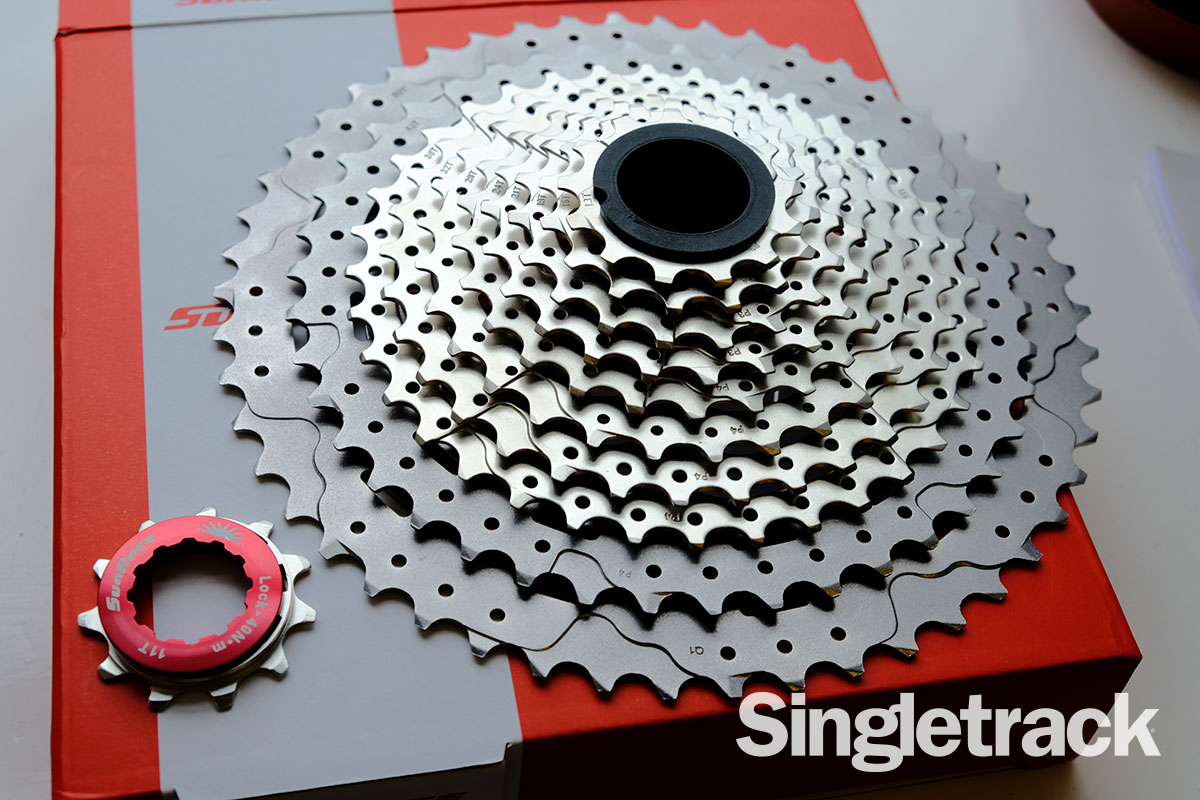
More options have joined the market too. There’s the new 1×11 drivetrain from Box Components, and SunRace has been offering wide-range cassette options across 10 & 11-speed drivetrains, including the huge 11-50t cassette we received last week. And OneUp Components has its Shark kit that converts a Shimano 11-speed cassette into the same 10-50t range as SRAM’s Eagle groupsets.
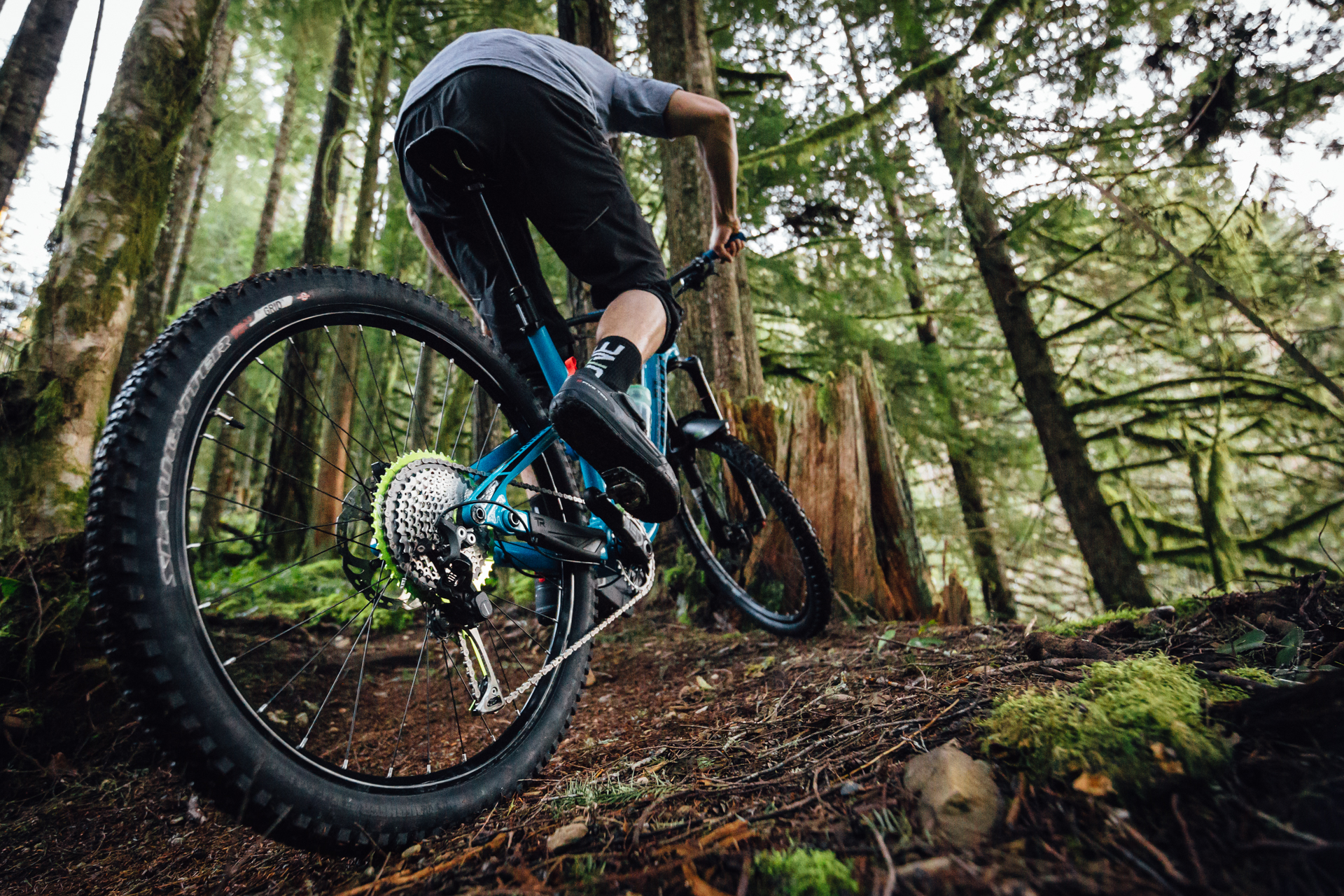
Indeed after decades of relatively slow innovation, it all seems to be happening in the drivetrain world in recent times. Riders have never had so much choice available, and with cassettes growing in size and range, more and more riders are jumping onto the 1x drivetrain. Depending on who you listen to, it does seem like we’re coming towards the end of the age of the front derailleur.
Perhaps flying in the face of that theory though, Shimano has just embarked on a marketing campaign about drivetrain choices. Entitled “There Is No Single Truth”, it would seem that Shimano is keen to spruik its offer of drivetrain choice, being a manufacturer of both 1x and 2x systems. Reading between the lines, this campaign is essentially Shimano claiming that 1x isn’t necessarily for everyone.
In addition to slick marketing videos, Shimano has launched a ‘Drivetrain Advisor’ on its website, which includes a calculator that tells you whether you should be using a 1x or a 2x system. Interested in what Shimano thinks you should be riding? We’ve embedded the test here for you to check out;
Regardless of what Shimano’s calculator tells you, and regardless of SRAM’s eulogy to the front derailleur, we’re interested in what kind of gearing setup you’re currently running on your own bike. Is the front derailleur dead? Do you see no point of them for your riding? Or is it a highly useful device for you that you couldn’t do without?
[poll id=”695″]
We’d love to hear your responses, so let us know your vote and submit your comments below to tell us whether you think the front derailleur is dead or not.






No option for 26er bikes in the Shimano advisor!
No space for “yes I use a 7-speed Exage front mech as a chain device on my hybrid”, youse are slipping
The FD is dead! Long live 1x! And singlespeed 😉
Hmmm intrigued where and what you need to ride to get anything other than a 1x suggestion based on my answers, (29er fs, trails, max climb per ride, mid distance, moderate speeds and fitness, I’m definately a 2x rider on that bike) though given it clearly ignored my “I ride varied trails most of the time” answer and concluded “I usually ride the same trails and occasionally ride somewhere different” so guess maybe it just gives a random result anyhow.
Tried it twice, 80% single first time and only a few minor tweaks got me 80% double the second time around.
2×10 or 2×11 is the best way to cover off all the options. I could have 1×7 if i rode the same trails all the time. But as I travel to find new rides, do the odd endurance event, and regular 30 milers, I can’t fathom why I’d ditch the Front Mech. Good Candace and all that, LONG LIVE THE FRONT MECH!!!!!!!!!!!!!!!!
I think if I took my bike to the trails in my car and back I’d be 1x. But I take advantage of my commute by sneaking in long rides on the edge of the Peak District on the way home. That takes in some long fast road descents that I like to pedal to 30mph + on. I don’t want to spin out or sit there coasting. To me an Mtb was first and foremost an All terrain bike. The 1x is good but starts to specialise these bikes as weekend playthings only.
It’s dead!!!! SRAM Eagle X01 on the trail bike. SRAM X01 1×11 on the fatbike.
I fail to see how a massive and heavy cassette with no front mech is somehow better than 2x or 3x. Sorry.
I reckon a mountain bike used for a multiple of purposes, needs a 17-18 inch lowest gear and around a 100 inch highest gear. If you are just down hilling or hucking or trail centre riding, then maybe you can manage with a narrower gear range.
I use 2 x 10 on full sussers, but I have to either put a 22 chain ring in place of the 24 or I have to put a 40t cog on the back, to get the gear I need for long climbs in the Lakes etc. The lack of top end gearing doesn’t seem to bother me on a full susser.
On my 29er hardtails the lack of top end on those same double systems really gets to me, so I’ve gone back to 9 speed mega triple systems on my Parkwood and Pivot Les, and I am quite often in the 44 chain ring. My 16 mile off road commute on the hardtail was 10-20 minutes slower using the 10 spd double as against the 9 spd triple. Oddly the full susser evens out the difference.
I had knee surgery several years ago and single ring systems do not yet provide me with a low enough gear.
i was always told to not cross my chain , use the front derailleur to keep the chain as straight as you can longer chain life etc. bit difficult on my full suss with 1×11 11/46 cassette, in the lowest gear the chain looks horribly crossed and does not run as smooth. on the plus side its one less lever to think about .probably would have been better going for 11/40 or sticking with the front derailleur,,oh no i cant just remembered its 1x only
I’m considering getting a Shimano XT 11 speed set up. If I do I will run my triple cranks with a narrow wide 30t ring. I’m tempted to leave the small 22t so that when out on wilderness rides I can manually put the chain onto the 22t for mega slow long climbs. I haven’t tried this yet but should be interesting. If I ditch the 3×9 setup I’m currently using I fear I will miss the speed of the big ring on fire road, road sections etc.